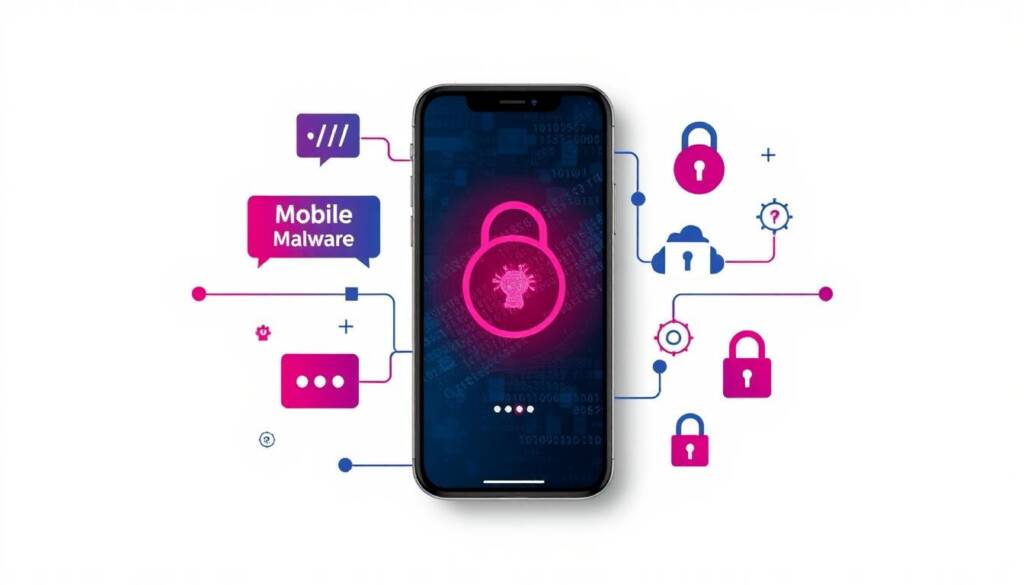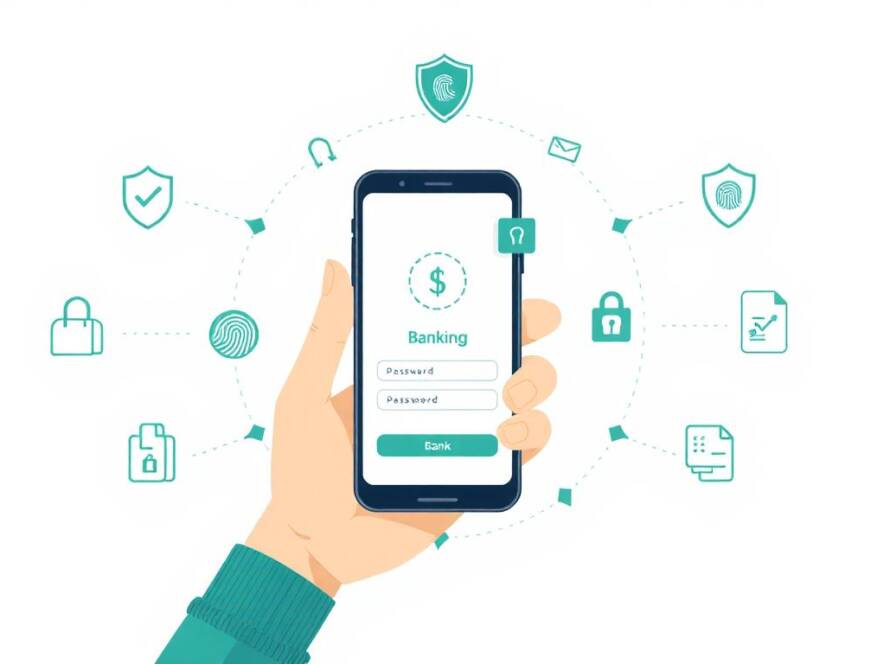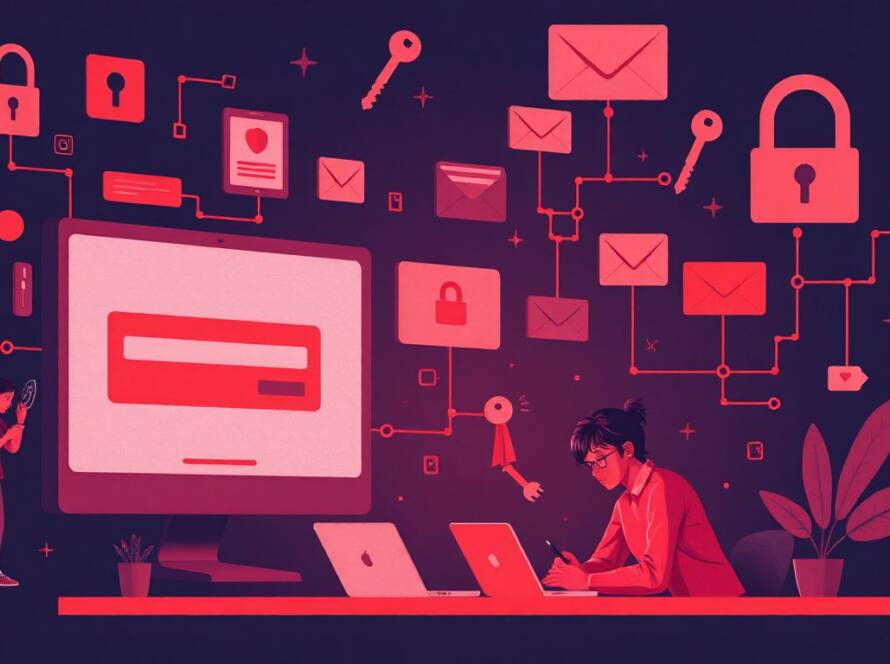The widespread adoption of mobile banking has revolutionized the way we manage our finances. However, this convenience comes with increased security risks. Mobile malware, malicious software designed to infect smartphones and tablets, poses a significant threat to digital banking users.
How Mobile Malware Works
Cybercriminals employ various tactics to distribute mobile malware:
- Malicious Apps: Downloading apps from untrusted sources can expose devices to malware.
- Phishing Attacks: Deceptive messages, often disguised as legitimate communications, can trick users into downloading malware.
- SMS Phishing: Cybercriminals send malicious links via SMS messages to lure victims into downloading malware.
- Drive-by Downloads: Visiting compromised websites can automatically download malware onto devices.
The Impact of Mobile Malware on Digital Banking
Mobile malware can have severe consequences for digital banking users:
- Data Theft: Malicious apps can steal sensitive information, such as login credentials, payment card details, and bank account information.
- Financial Loss: Cybercriminals can use stolen information to make unauthorized transactions and drain bank accounts.
- Device Compromise: Malware can compromise the device’s performance, privacy, and security.
Protecting Yourself from Mobile Malware
To mitigate the risks associated with mobile malware, users should follow these best practices:
- Download Apps from Trusted Sources: Only download apps from official app stores, such as the Apple App Store and Google Play Store.
- Keep Your Device Updated: Regularly update your device’s operating system and mobile banking apps to address security vulnerabilities.
- Use Strong Passwords: Create strong, unique passwords for your mobile banking app and enable two-factor authentication.
- Be Wary of Phishing Attacks: Be cautious of unsolicited messages and avoid clicking on suspicious links or downloading attachments.
- Install Reliable Security Software: Use reputable antivirus and mobile security software to protect your device.
- Avoid Public Wi-Fi: Refrain from using public Wi-Fi networks for sensitive financial transactions.
- Regularly Backup Your Device: Back up your device regularly to minimize data loss in case of a malware attack.
By following these guidelines, users can significantly reduce the risk of mobile malware infections and protect their digital banking experience.
Mobile malware poses a significant threat to digital banking users. By understanding the risks, implementing strong security measures, and staying informed about the latest threats, you can protect your sensitive financial information and enjoy a secure mobile banking experience.




